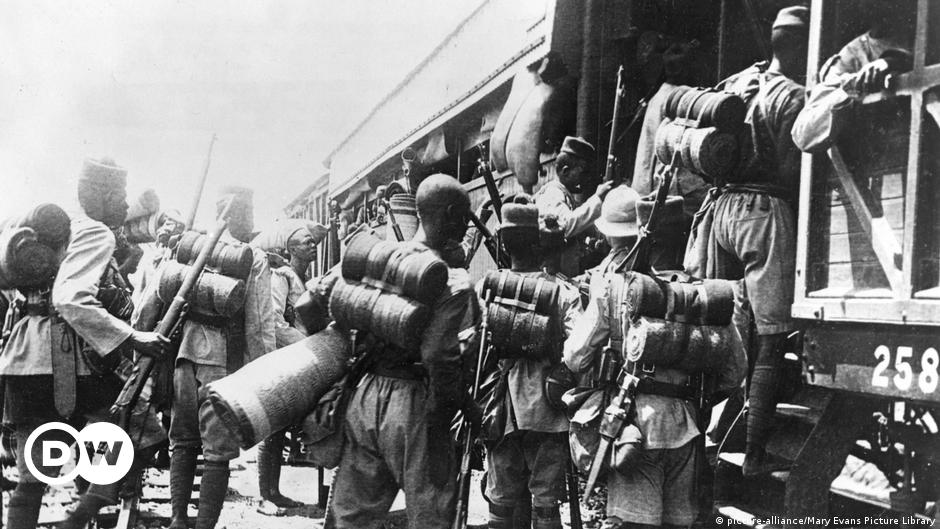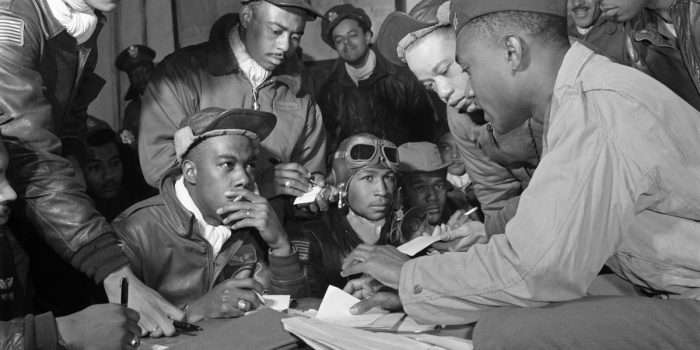TheGreenHornet
Platinum Member
- Nov 21, 2017
- 6,241
- 4,107
- 940
- Thread starter
- Banned
- #21
Not true. Harry Truman integrated the Armed Services during the Korean War.Rather strange....the statistics for black deaths are available for WWIIThey were just not keeping records that way back then.
I looked, but did not find a single breakdown of casualties in WWI by race.
But I guess you can look at "Soldiers of the Great Wat", 1920. It includes photographs of most of those killed in the war, I guess you can browse through it and count them.

Soldiers Of The Great War, Volume 1 : Doyle, A. C. (Alfred Cyril), 1893- : Free Download, Borrow, and Streaming : Internet Archive
Soldiers Of The Great War, Volume 1 [you are here] Soldiers Of The Great War, Volume 2 Soldiers Of The Great War, Volume 3archive.org
I found many, but at over 450 pages I was not going through the entire volume.
WWI was run differently. By the time WWII came along, black soldiers were serving alongside white soldiers.

Executive Order 9981 - Wikipedia
Last edited:




